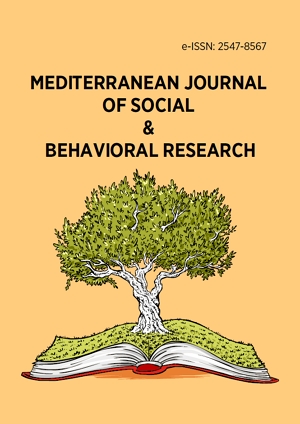Abstract
The study examined pre-service teachers’ perceptions of learning mathematics. The study involved a total of 482 teacher-trainees from chosen colleges of education in Ghana. The study’s methodology was quantitative. With the help of a structured survey questionnaire, the main data was gathered. The questionnaire was broken down into four sections (or constructs), including the students’ self-sufficiency in learning mathematics, their perception of how learning mathematics has affected them, their concerns about learning mathematics, and their evaluations of Mathematics teaching. The constructs’ respective Cronbach’s alpha reliability analysis values are 0.96, 0.90, 0.96, and 0.93, respectively. The majority of the students demonstrated a high level of independence in their mathematics learning, according to the results of the teacher trainees’ self-sufficiency assessments. The results also showed that 74.3% can solve math problems even when they struggle with a mathematics course; 53.6% have less trouble learning mathematics; 65.7% find solving mathematics problems to be very satisfying; and 60.2% have a lot of self-confidence in learning mathematics. Then, 63.7% of the students said they also really enjoyed mathematics. A total of 82.4% of students agreed that learning mathematics has a variety of positive effects on one’s life. However, the mean value of about 2.8% confirmed that the majority of students disagreed with the claim that “the tutors incorporate information and communication technologies (ICTs) into the teaching of mathematics.” The study suggests mathematics tutors at the colleges make efforts to incorporate ICTs in lessons, and management at the colleges also provide enough ICT resources and equipment to facilitate ICT integration.
License
This is an open access article distributed under the Creative Commons Attribution License which permits unrestricted use, distribution, and reproduction in any medium, provided the original work is properly cited.
Article Type: Research Article
MEDITERR J SOC BEH RES, Volume 7, Issue 3, October 2023, 169-176
https://doi.org/10.30935/mjosbr/13402
Publication date: 01 Oct 2023
Online publication date: 18 Jun 2023
Article Views: 1626
Article Downloads: 1154
Open Access References How to cite this article
 Full Text (PDF)
Full Text (PDF)